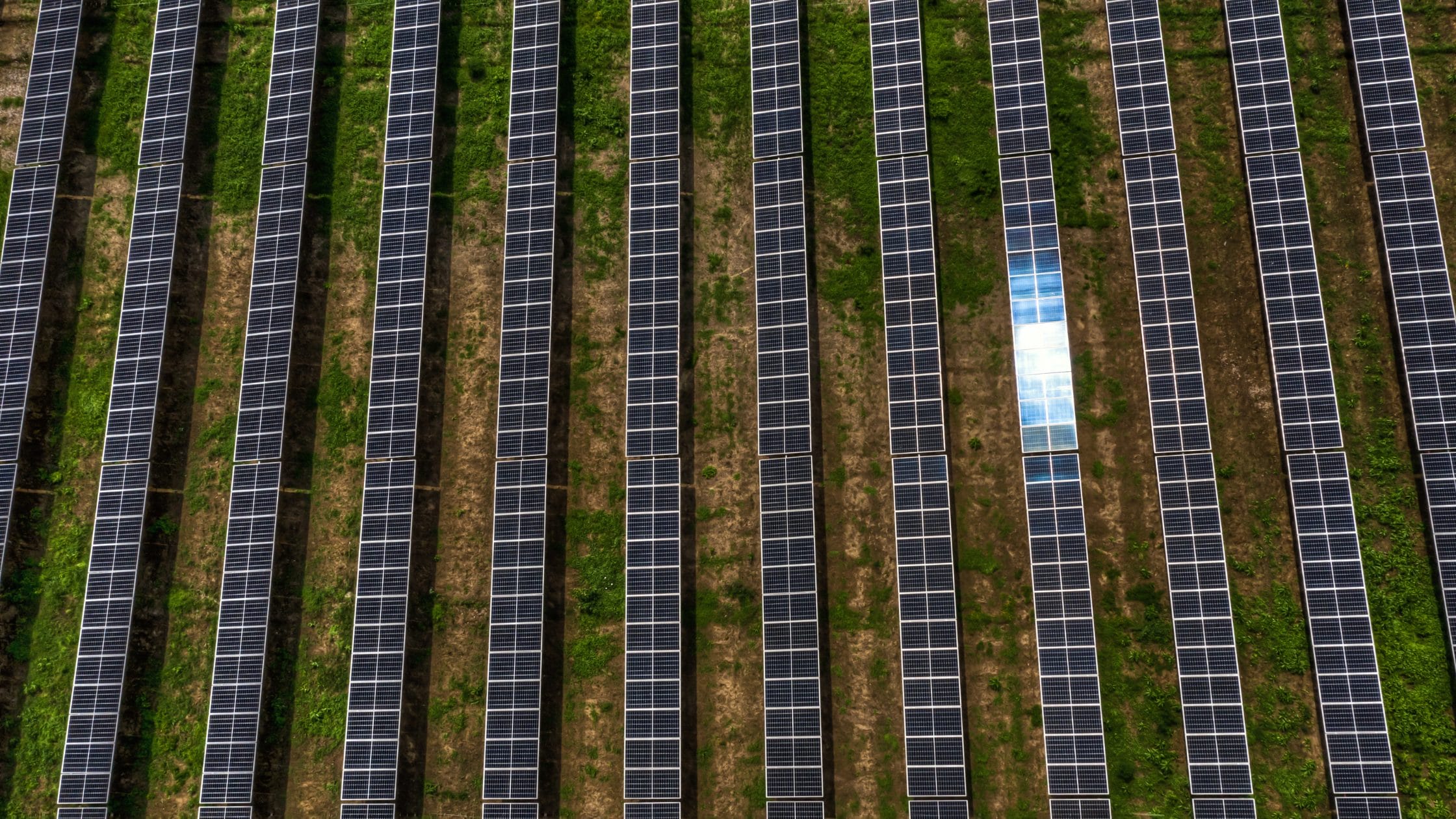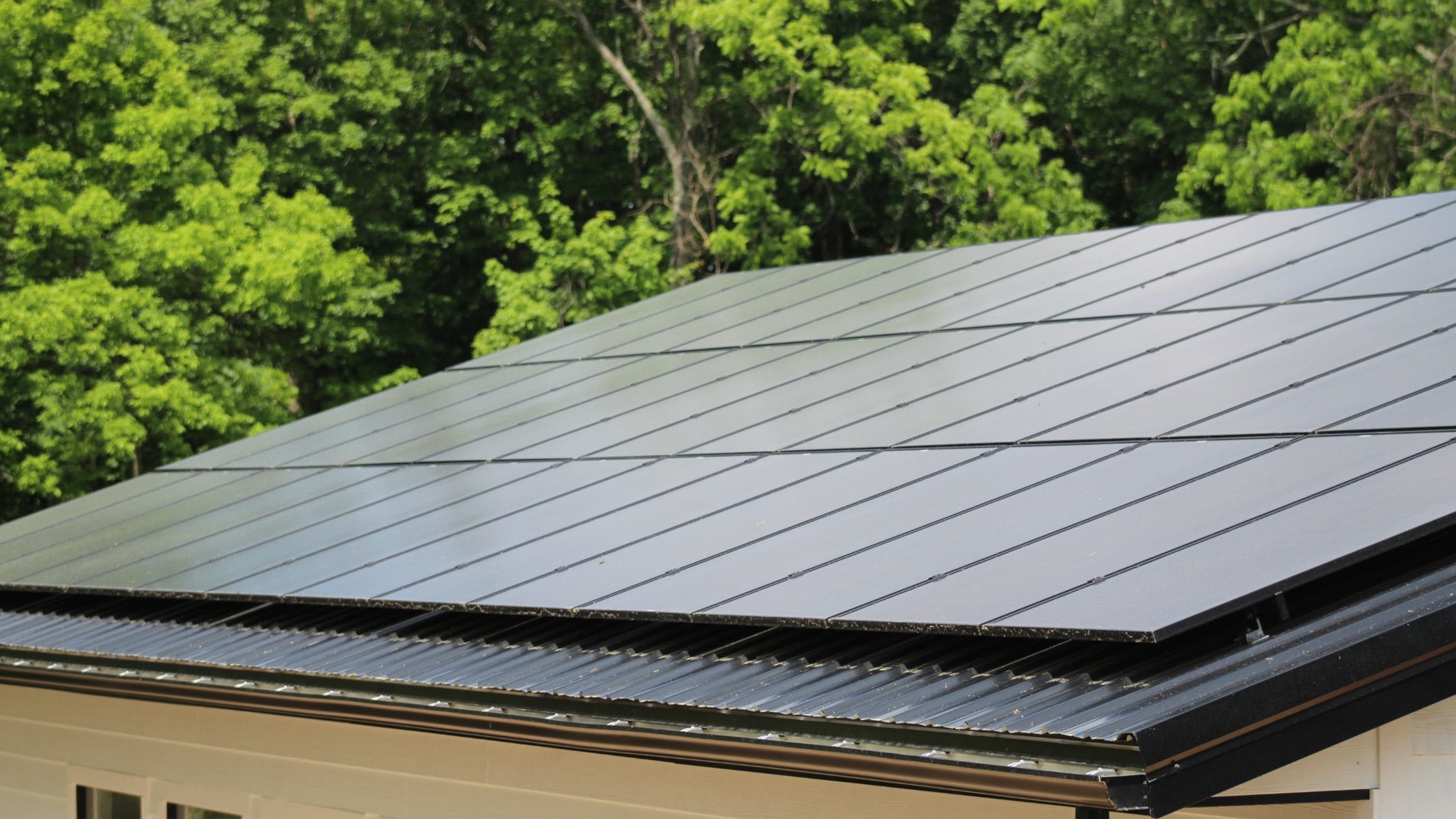If you’ve already started your solar journey, it doesn’t have to end at that initial installation – as solar continues to evolve, so can your opportunities as a homeowner. Whether your motive for going solar is to save on utility bills, reduce your reliance on the grid or if it’s to leave a greener footprint on the planet, that step to go solar has a significant movement towards a sustainable resilient future.
If you’re happy with your current system but you want more – here are a few options on how you can expand and why you should do so.
- Adding more panels
- Upgrading your current panels
- Installing battery storage
Additional Panels/ Panel Upgrade
Before you add additional solar panels, you need to consider whether you need them. If you’re still paying a good amount for electricity and plan to use more electricity in the future, then an expansion might be a good option.
The next thing you need to consider before an expansion is whether it is even possible. Though you may want an expansion, do you have the roof space available for it? Does your service panel have the space for it? Before you start your expansion, begin with a trusted installer so they can determine if you have the roof space and if it’s enough for additional panels. They can also check your service panel for you to determine if there’s room. Your service panel may have a limit on how many more panels you can tie into it.
Solar is evolving and new technology is released, depending on how old your current system is, you may have to figure out if you can find your matching solar panels and inverters. If you have an existing string inverter, you will have to find a match to the solar panels from your original installation. If you’re having no luck finding matching panels, you can still do an expansion by creating a separate system but with a new inverter. Installing a new inverter may sound scary, but if you’ve had your inverter for 10-plus years, most likely, you’re going to have to update it soon anyway. While you’re replacing that old inverter, you can expand your current system and choose a larger inverter system.
If your existing system isn’t performing how you’d like and it’s not meeting your electricity needs, it may be the right time for an upgrade. If your electricity consumption is no longer keeping up with your system and is generating less power than you need, replacing your existing panels with newer panels that will increase your growing energy demands and that are more efficient might be a good choice. The same thing applies to your electricity bills – if you notice an increasing bill, this might be because your current systems not proving enough power. Another indicator that you should consider an upgrade is if you notice that your inverter is having performance issues and errors. A couple of things to look out for are flickering lights or a lack of capacity. The last thing to consider before doing an upgrades and adding more panels is your electric panel capacity. Work with your solar installer to understand if your electric service will be able to handle the addition of more solar capacity.
Battery Storage
If you’re looking to increase your energy independence but you’re not sure about getting additional panels or maybe you don’t have the roof space, a battery backup system is a good idea. Battery solutions give you the freedom to reduce your reliance on the grid, control your energy consumption and protect your home during a power outage. All with power generated by the sun. Solar batteries can ensure you have power in the event of a grid outage, and they can increase the amount of solar energy your home consumes by storing the energy your solar system produces for future use at night when the sun’s not shining. When you have a battery bank, you can charge during low-rate periods when the demand for electricity is lower and discharge during the more expensive rate periods when the electricity demand is higher.
When first installed your system and you knew you wanted a battery backup system, eventually, your inverter may already be ready for installation. Other options for you if you if didn’t think of a battery in the near future are a DC-coupled system or an AC-coupled system. If you choose a DC coupled system, your current inverter system will need to be replaced with one that works with a battery and solar system – these are hybrid inverter systems. A DC coupled system works by the power your solar produces, that power is used to charge the battery, the power is then passed through your new inverter which converts the power into AC. The other option is an AC coupled system. This system will use your current inverter as well as an additional inverter to charge your battery. From there, your current inverter and your added inverter will send power to your battery as you produce more and more electricity.
Expanding Your Solar Energy System
In conclusion, the journey into solar power doesn’t have to conclude with the initial installation. It’s a dynamic and evolving landscape, offering ongoing opportunities for homeowners to enhance their sustainability efforts, reduce reliance on the grid, and reap greater benefits from their investment. Whether you’re considering expanding your current system with additional panels, upgrading existing ones, or integrating battery storage solutions, the potential for growth is substantial.
Expanding your solar capacity can be a strategic move, especially if you’re experiencing increased energy needs or aiming to further reduce utility costs. However, it’s essential to assess feasibility by consulting with trusted installers to determine roof space availability and compatibility with existing infrastructure. With advancements in technology, options abound, from matching existing components to creating separate systems with newer inverters.
Moreover, the integration of battery storage presents a compelling opportunity to bolster energy independence and resilience. Beyond providing backup power during outages, batteries enable homeowners to optimize energy consumption, store surplus energy for later use, and take advantage of fluctuating electricity rates.
Reach out to Kokosing Solar -weather we were your initial installer or not – to learn more about expanding your solar energy system.
Whether it’s through additional panels, upgrades, or battery storage, expanding your solar setup is a strategic investment in a sustainable, resilient future.





